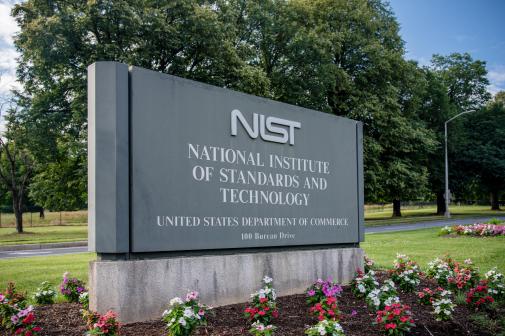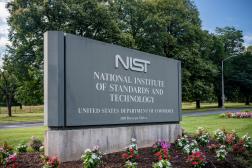Google Public Sector CEO: open-source chips likely to be ‘hundreds of times’ cheaper for researchers

Early figures indicate that new open-source chips Google is working to produce in partnership with NIST could be “hundreds of times” cheaper for researchers and manufacturers, according to Will Grannis.
In an interview with FedScoop, the Google Public Sector CEO heralded the significance of the R&D agreement announced Sept. 13 between the tech giant and the Department of Commerce, and said it was the type of open-source project that would improve cybersecurity by encouraging more collaboration with security researchers on hardware design.
“The early numbers we have show that it’s probably going to be hundreds of times cheaper for researchers and manufacturers to yield designs than if they had to start from scratch or do this on their own.”
The executive added: “So this public private partnership is really yielding more efficient, economically viable pathways and establish that leadership position for the U.S. in chip design manufacturing.”
Grannis spoke with this publication shortly after the announcement of the R&D agreement, which followed the passage of the CHIPS and Science Act.
As part of the recent agreement, NIST will create up to 40 different circuit designs for the chips, and the initial production costs as well as the first production run will be paid for by Google. The chips will be manufactured by Bloomington, Minnesota-based SkyWater Technology.
The R&D agreement is intended to support innovation by university and startup researchers, for whom the cost of developing semiconductor chips can often be prohibitive. NIST’s circuit designs will be open source, meaning that academic and small business researchers can use the chips – which are essential to the creation of any modern electronic device – without restriction or licensing fees.
NIST research physicist Brian Hoskins, who also spoke with FedScoop, said that to his knowledge, the SkyWater-Google partnership at present is the only domestic provider of an open-source process design kit for manufacturing semiconductor wafers.
“What we are interested in is providing a US domestically sourced manufacturing test vehicle, which we can distribute to the public without restriction or license. And so at present, this is the only way to do that. I think the important thing to realize is that members of the academic community have been asking for better access to the semiconductor supply chain for a while and we are listening to their needs and trying to respond to them,” Hoskins said.
Google and the Department of Commerce say the chip partnership is likely to make it significantly cheaper and easier for university researchers and smaller commercial manufacturers to create innovative chip designs for everyday products and specific federal government needs.
The new chip designs will provide bottom-layer chips with specialized structures for measuring and testing the performance of components placed on top of it. This includes new kinds of memory devices, nano-sensors, bioelectronics, and advanced devices needed for artificial intelligence and quantum computing.
“It would be very difficult to develop new memory technology if you can’t actually access, say an intermediate step where you maybe have the ability to prototype at the millions level, before moving on to a final product,” said Hoskins.
“So that process, that challenge, is often called the tech transfer valley of death. The gap between academic research and the commercialization of technology. And so one of the things that we’re doing here is we’re bridging that tech transfer valley of death,” he added.
The latest partnership originated from a series of workshops hosted by the National Science Foundation on how to improve academics’ access to the semiconductor foundry ecosystem. At these events, NIST officials met with program managers at Google and realized that both organizations were working towards common goals in the area of chip manufacturing.
Grannis is the founder and leader of Google’s CTO Office and a seven-year veteran of the company. His prior private sector experience includes six years as a product manager at Boeing.
He added: “By participating in the research phase of chip design, we’re also now in this complete innovation loop where it’s not just about selling software to a government agency, but it’s also about participating in the design of frameworks and chip design.”
“That may actually advance an entirely new mission or use case for the government in ways that it’s difficult to predict. It could end up in quantum science and photonics, there are a number of application areas for this that are relevant to many government agencies and organizations, both in the research and development phase as well as the procurement side,” said Grannis.





